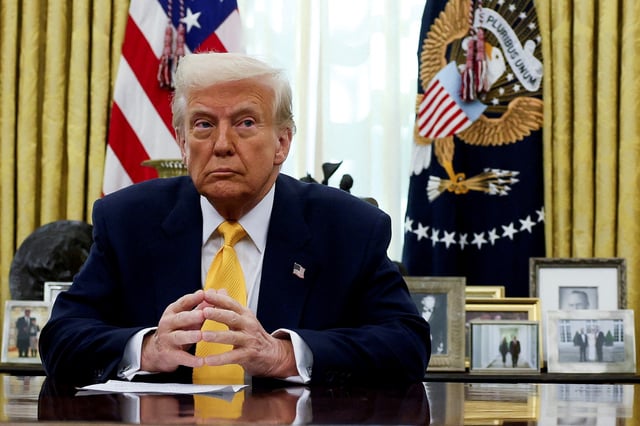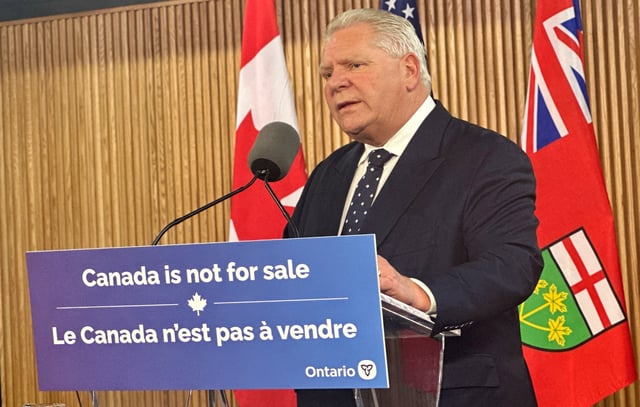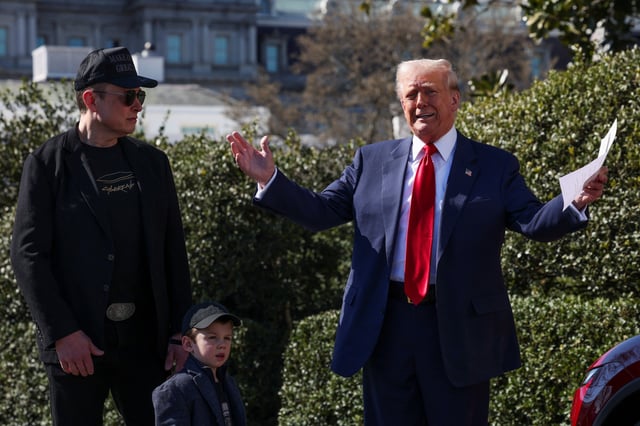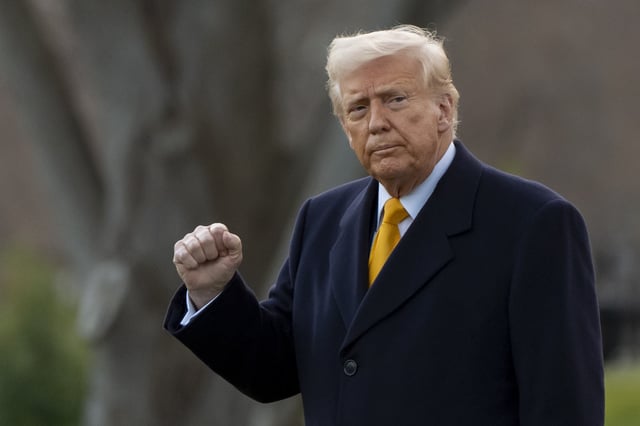Overview
- President Trump has implemented a 25% tariff on all steel and aluminum imports, with Canadian imports temporarily facing a 50% rate due to Ontario's electricity surcharge, which was later suspended.
- The tariffs have caused significant market volatility, with the S&P 500 and Dow Jones dropping sharply, erasing gains since Trump's re-election and increasing concerns about a potential recession.
- Economists warn that the tariffs could lead to higher consumer prices, reduced business investment, and job losses in industries reliant on imported metals, despite minor benefits for U.S. steel and aluminum producers.
- Canada's incoming Prime Minister Mark Carney has vowed retaliatory tariffs, while ongoing U.S.-Canada trade tensions strain relations and complicate the economic outlook for both nations.
- Trump's broader tariff agenda, including planned reciprocal tariffs on all trading partners, has created uncertainty for businesses and raised the risk of prolonged economic disruption.



